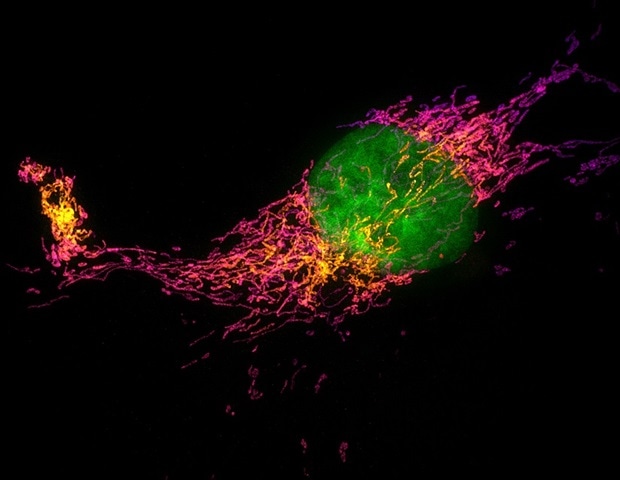Research in monkeys suggests that a human stem cell transplant may one day be a treatment for torn retinal tissue Tears in the macula cause distorted vision but current treatment does little to improve vision Further study is needed to confirm the safety and effectiveness of the stem cell transplants THURSDAY, Oct. 3, 2024 (HealthDay News) -- Japanese researchers have successfully used a transplant of human stem cells to close a hole in a key part of a monkey's retina. They say the achievement could pave the way for better treatment of small gaps that form in the macula, the central part of the eye's retina.
These macular holes can cause distorted or blurred vision, making it hard to see fine details, read or drive a car. "Our results suggest that this method could become a practical, safe and effective treatment option with minimal invasive risks, particularly for difficult macular hole cases," said senior study author Dr. Michiko Mandai , of Kobe City Eye Hospital in Japan.
However, experts stress that the results of research in animals don't always pan out in people. While treatment advances over the past decade have successfully closed more than 90% of macular holes, stubborn cases that defy treatment persist, researchers explained in background notes. Managing care after surgery is also difficult.
While retina transplants are able to close the holes, they do little to improve vision. Mandai's team wondered whether a transplant of human stem cells might overcome these obs.


















